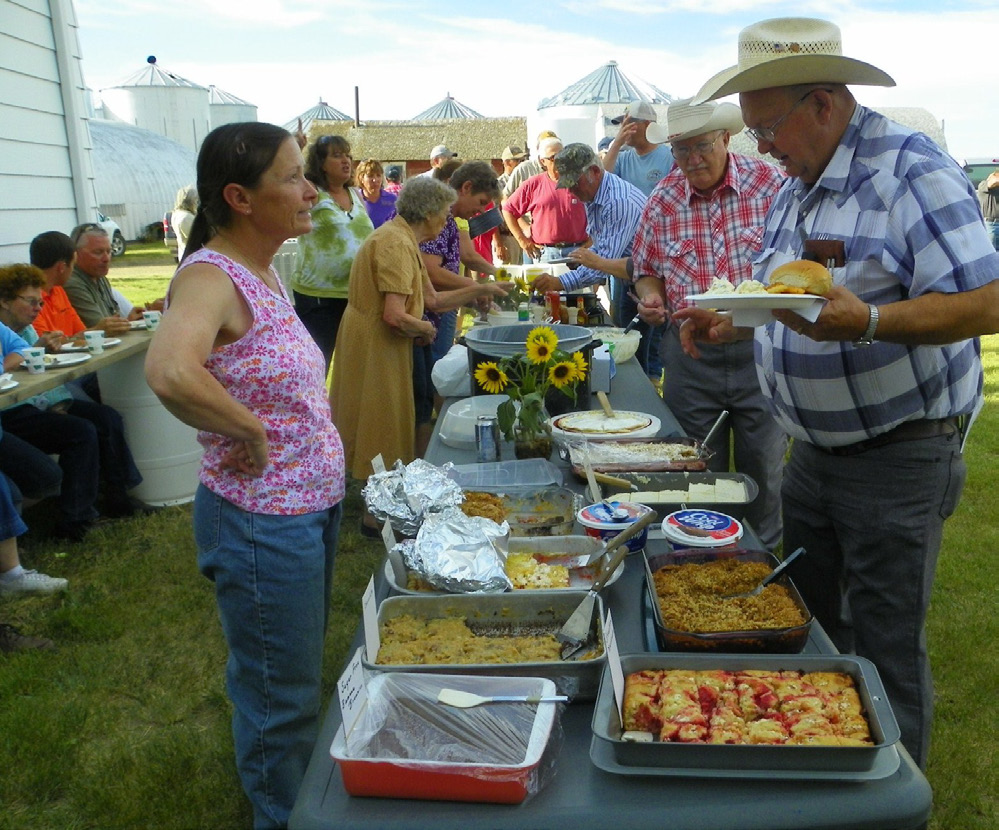Welcoming Newcomers to Montana
Most people moving into Montana communities moved for quality-of-life reasons rather than for a job, according to a recent study by Montana State University and MSU Extension. Better access to the outdoors, a less congested place to live, and a slower pace of life were the most important reasons for moving, according to those surveyed.
Only about a third of respondents said financial factors, such as finding a better or higher paying job or lower cost of living, were important to their decision. Those surveyed included people who had moved from anywhere in the last five years; about half of respondents were from within Montana and about half moved from out of state (most from California, Washington, Colorado, Oregon, and Idaho).
This study was conducted to satisfy the curiosity of MSU Extension’s Reimagining Rural program participants. The Reimagining Rural program supports community development and has been exploring how rural communities and newcomers can benefit each other.
Newcomers may be a source of help for community organizations that are seeking new volunteers. The study showed that most people had never lived in their new community before and they sought out opportunities to volunteer, attend meetings and generally get involved. Reimagining Rural newcomer welcome events are creating a greater sense of community for both existing and new residents, and helping local leaders see new possibilities for their towns.
MSU Extension’s Community Vitality Program Leader, Tara Mastel, said rural America isn’t dying; it’s changing. In communities that are experiencing growth, it looks different than it did years ago because increased technology use has reduced social interaction. Mastel and Reimagining Rural are working to help small towns further invite both new and long-time residents to reframe how they think about their towns.
Some examples of the successful new spaces that have been made to celebrate newcomers and revitalize their sense of community include: Winnett built a new community center; Hysham is exploring options to renovate a downtown fire hall as a community space; Havre has a new ‘Art Alley’ to host local artists; and memorial benches adorn a walking trail in Broadus.
For more information about newcomer research and the Reimagining Rural program, visit the MSU Extension Community Vitality website, or contact Tara Mastel at [email protected] or 406-490-4180.

Photo: Ann Ronning, MSU Extension
Tara Mastel is the MSU Extension Community Vitality Program Leader.
